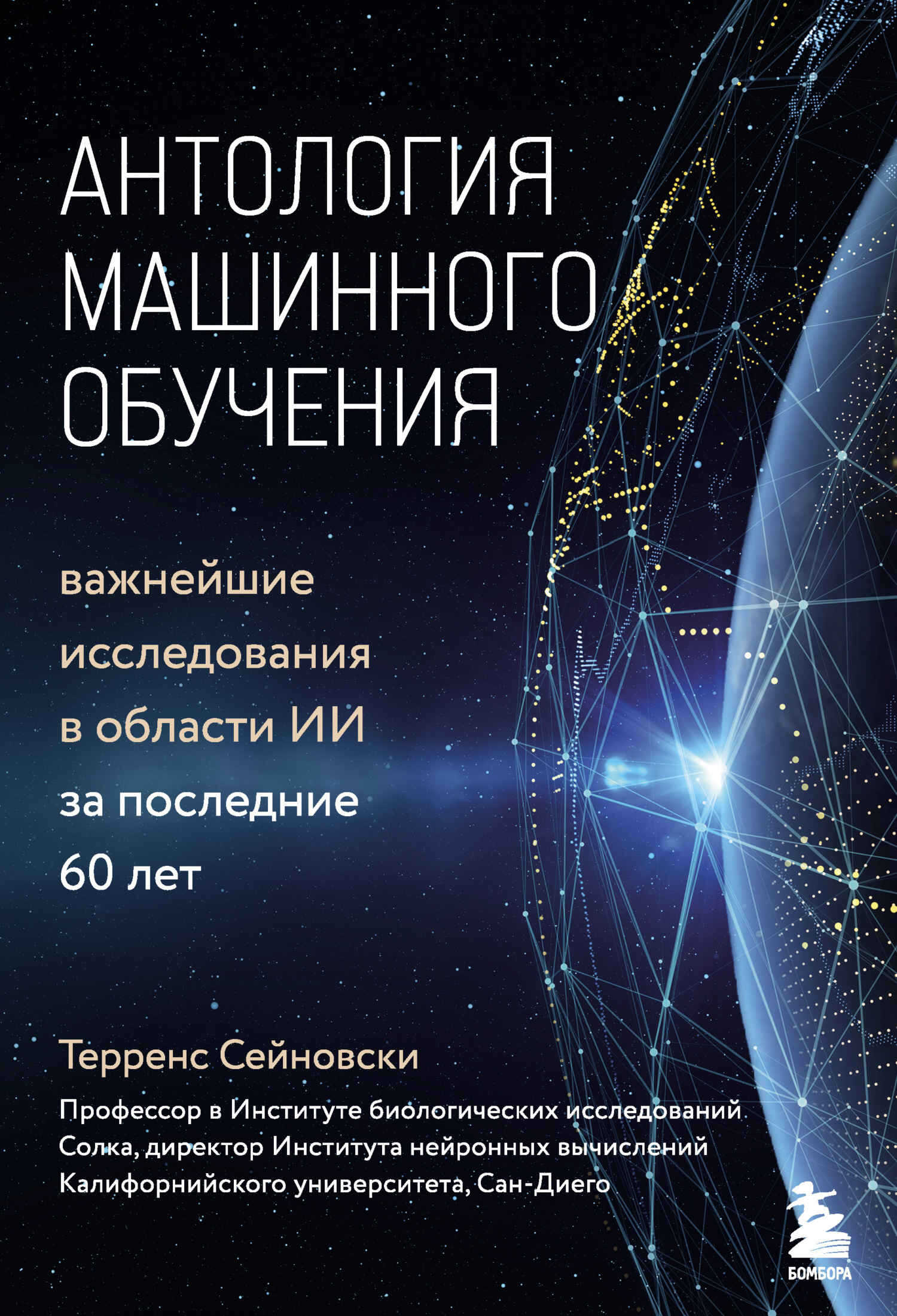Шрифт:
Закладка:
Масштабный труд одного из ведущих мировых ученых в области исследования искусственного интеллекта Терренса Сейновски проведет читателя по всем ключевым вехам в развитии этой технологии. Работа Сейновски охватывает промежуток в 60 лет, за которые машинное обучение шагнуло из теоретических исследований в прикладную науку. Являясь ученым-нейробиологом и заведующим лабораторией Вычислительной нейробиологии в Институте Солка (США), а также профессором в Калифорнийском Университете в Сан-Диего, автор начинал исследования нейросетей еще в 80-е годы, до "революции" глубокого обучения, выдвинувшей искусственный интеллект в ранг самых перспективных технологий современности. Сегодня профессор Сейновски остается одним из наиболее востребованным мировых специалистов в сфере ИИ - он автор самого популярного курса по машинному обучению на Coursera, член Национальной Академии Наук США и лауреат многих престижных премий за достижения в области нейробиологии.





